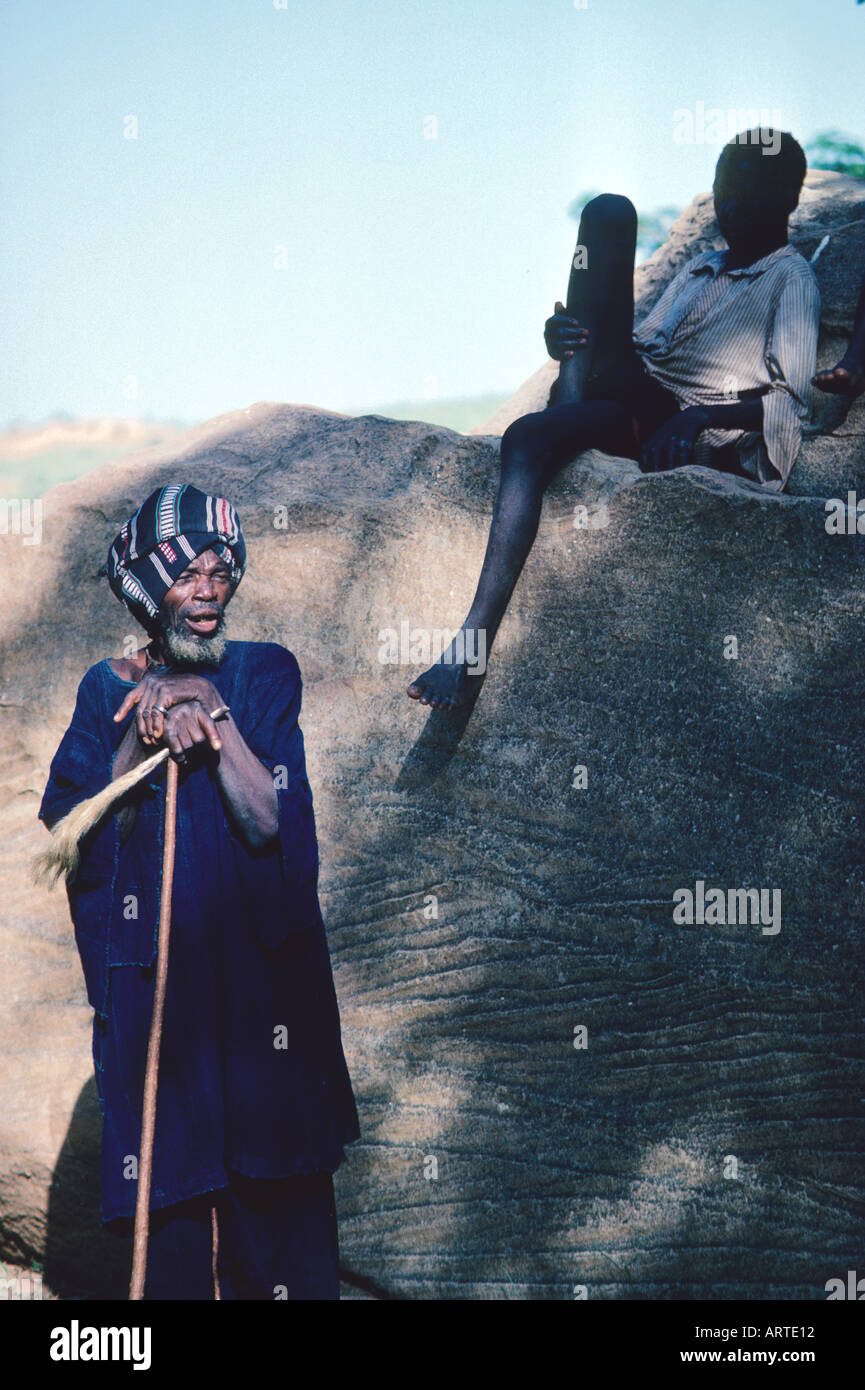
The highest indigenous concentration is found in the municipality of Ricaurte, due in part to the climatic conditions that allow greater agricultural activity. These same factors have favored the colonization of these lands and other areas to the detriment of indigenous settlements, mainly in areas near the road and marketing centers, such as Talambí, Numbí, Puente Piedra, Pialapí, San Pablo, Cuayquer Viejo, Vegas and El Diviso.Ībout the AWÁ culture : The cultural dynamics in the Awá people are primarily promoted by the elders (men and women) in their capacity as custodians of the inherited traditional knowledge and in turn the bridges for the spiritual connection of the community. Their role is fulfilled in the form of wise men, traditional doctors and spiritual guides. Its location in one of the communication axis between the coast and the Andean plateau, has significantly influenced the conformation of its territory, which has been affected by mining booms, civil wars, livestock colonization processes, timber and of illicit crops, in addition to large infrastructure works such as the road to the sea. From the sixties, when the arrival of settlers, miners and palm oil extractors intensified, many indigenous people had to restart the migratory processes. The origin of the ethnic group is uncertain and confusing, since archaeological studies show that the coast, both Colombian and Ecuadorian, was inhabited by the Tumaco culture. Upon the arrival of the Spaniards in 1525, the chronicles give account of semi-nomadic indigenous groups with a very low degree of development in relation to the other ethnicities found in the Andean region.ĭuring the colony, the groups in the region, generically referred to as "Barbecues", were grouped into "Indian villages", according to the Hispanic population model. The colonizing pressure of the region increased significantly as this area became one of the main gold fields and port centers - in the case of Barbacoas - a situation that forced the indigenous people to move outside their traditional territory.

The climatic conditions make that the highest population concentrations are located in the altitudinal part of the 500 to 1,500 meters above sea level, since the indigenous people seek the low terraces to cultivate and build their homes, while the upper part of the massif is an area reserved for hunting. With an approximate area of 3000 square Kilometers, the ethnic group is characterized by dispersed settlements that follow the current of the rivers. Its population is estimated at 25,813 people (DANE. The Awá have a binational presence They are found in Colombia and Ecuador. In Colombia they are located in the southwest in the municipalities of Cumbal, Santa Cruz de Guachavez, Mallama, Ricaurte, Barbacoas, Roberto Payán, Tumaco and Ipiales, in the department of Nariño, and in the municipalities of Mocoa, Puerto Asís, Valle del Guamuez, San Miguel, La Dorada, Orito, Puerto Caicedo, Villa Garzón in the department of Putumayo.įrom the Awapit language, which belongs to the Chibcha language family. It is part of the Sindaguas Malla dialect related to the Chá palaa (language of the Chachi Nationality) and with the Tsa'fíqui (language of the Tsa'chila Nationality).

Awá "the people of the mountain" "the people of the jungle" - Awá, cuaiquer, kwaiker


 0 kommentar(er)
0 kommentar(er)
